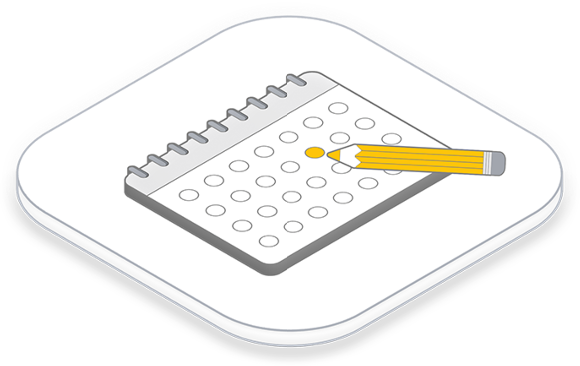26
April 2023
Blockchain technology has the potential to greatly transform the energy sector. For example, the enterprise Ethereum Blockchain presents itself as an emerging technology that will drive growth in the energy sector through smart contracts and interoperability of systems. In our blog post, we therefore highlight what selected use cases for the energy market might look like.
Distributed ledger technology is capable of improving utility efficiency by providing a chain of custody for grid materials. In addition to provenance traceability, Blockchain also offers unique solutions for renewable energy distribution. Therefore, the most significant benefits of Blockchain in the energy sector include:
- Lower costs
- Higher environmental sustainability
- Pronounced transparency for stakeholders while preserving privacy
Use Case 1
How Blockchain is impacting utilities
Electric utilities are large and complex businesses. They do not face the same competition as, say, financial companies. As a result, they are more likely to share information and data, which presents a unique opportunity to build a shared ledger of a Blockchain.
Greentech Media, a leading renewable energy market analytics firm, has identified three ways utilities can benefit from distributed ledger technology. For example, Enterprise Ethereum can process and validate data from many devices at the edge of the grid before securing it to the Blockchain. Second, utilities can use Blockchain to create a system for data transactions that is critical for distribution. Finally, distributed ledger technology can be used to develop a system for energy transactions between a variety of actors.
Use Case 2
How Blockchain impacts wholesale electricity distribution
Companies looking to use Blockchain technology in wholesale electricity distribution are focusing on connecting end users to the grid. Blockchain technologies combined with IoT devices enable consumers to purchase and trade energy directly from the grid rather than from retailers.
Grid+, for example, is a Blockchain energy company focused on wholesale energy distribution. The company has found that retailers are the main source of inefficiency in the consumer electricity market because they own only a small portion of the grid infrastructure. At the same time, they only manage specific types of services that Blockchain technology may well replace, such as billing and metering.
Replacing retailers with a Blockchain-based platform has the potential to reduce consumer bills by about 40 percent. By connecting users directly to the grid, Ethereum allows them to purchase energy from the grid at the cost they want. The result is a fairer and more stable energy market with lower electricity costs.
Use Case 3
How Blockchain is impacting peer-to-peer energy trading
While wholesale energy trading is the primary activity for many organizations, it is not the focus of all energy companies. A Wood Makenzie report on Blockchain in energy shows that 59 percent of Blockchain energy projects are building peer-to-peer energy markets. A peer-to-peer energy market is a network of individuals who trade surplus energy and buy it from other market participants. These energy markets benefit the masses by reducing control by centralized players such as wholesale companies.
As more countries achieve energy parity, the cost of renewable energy is the same or lower than the cost of conventional retail energy. So individuals who produce their own energy will have the ability to trade it with their neighbors and other interested parties. Australian company Power Ledger has connected communities to create what it calls microgrids. These are a group of interconnected loads and distributed energy resources. They currently exist as a layer on top of the national grid, but could theoretically be separate and self-sufficient. Many Blockchain energy companies envision a future with larger and fully distributed peer-to-peer networks.
Use Case 4
How Blockchain impacts electricity data management
Blockchain can provide consumers with greater efficiency and control over their energy sources. In addition, an immutable ledger provides secure, real-time updates of energy consumption data. Different types of energy data include market prices, marginal costs, energy code compliance, and fuel prices. In April 2018, Chile’s National Energy Commission (CNE) announced that it had launched a Blockchain project focused on energy. The government agency will use the Ethereum Blockchain to record, store, and track energy data.
This is prompted by the fact that data has often been intentionally manipulated or even inadvertently misreported and leaked. These costs, caused by corruption and inadvertent record-keeping errors, are detrimental to companies and governments. In the spirit of transparency, the CNE will provide public access to records of transactions and prices. Transparency of public Blockchains will further reduce opportunities for monetary or data exploitation.
If you would like to learn more use cases of Blockchain in the energy sector, get in touch with our experts. We will be happy to advise you on a solution for your business.
About the author



Comments